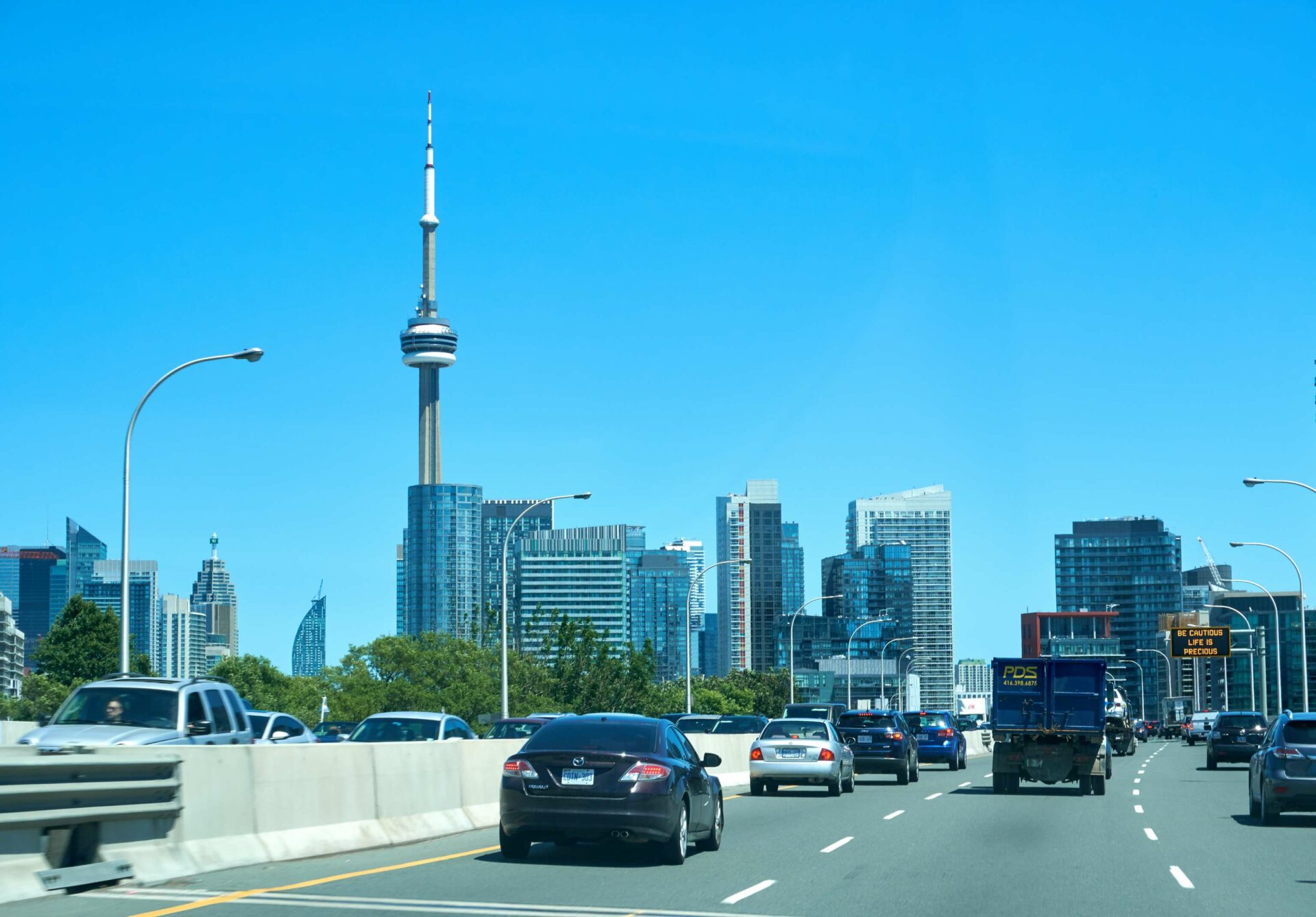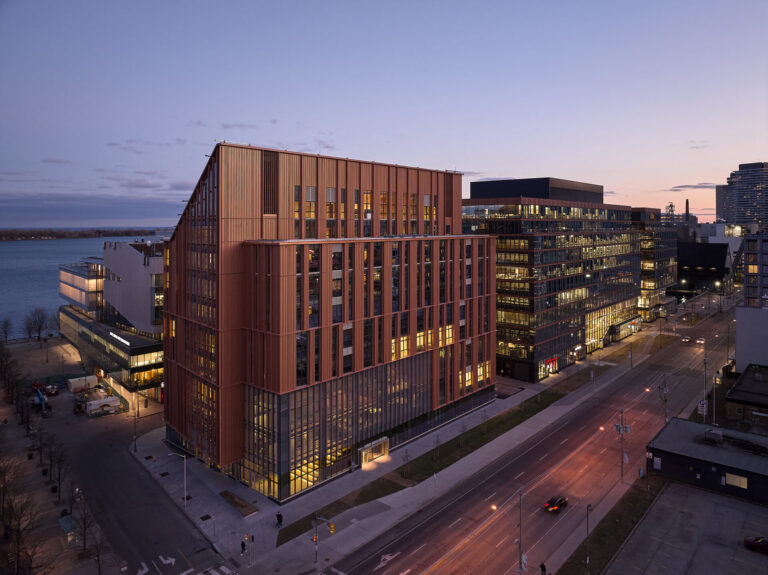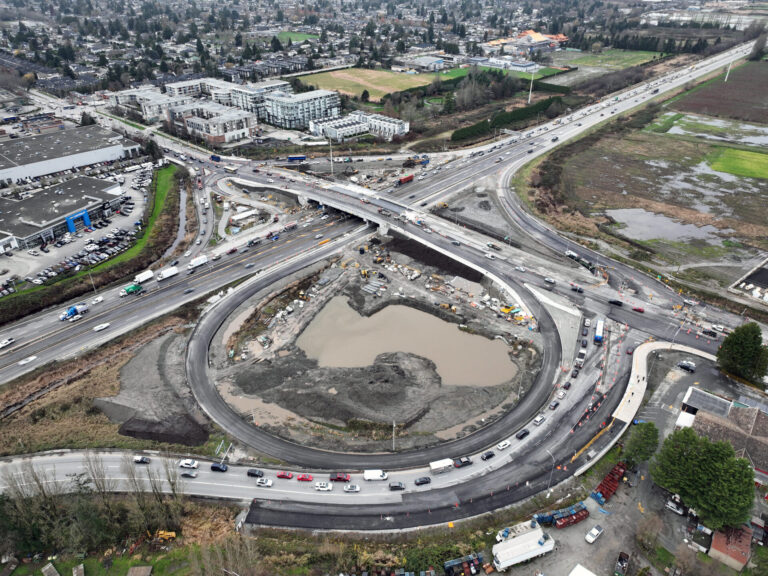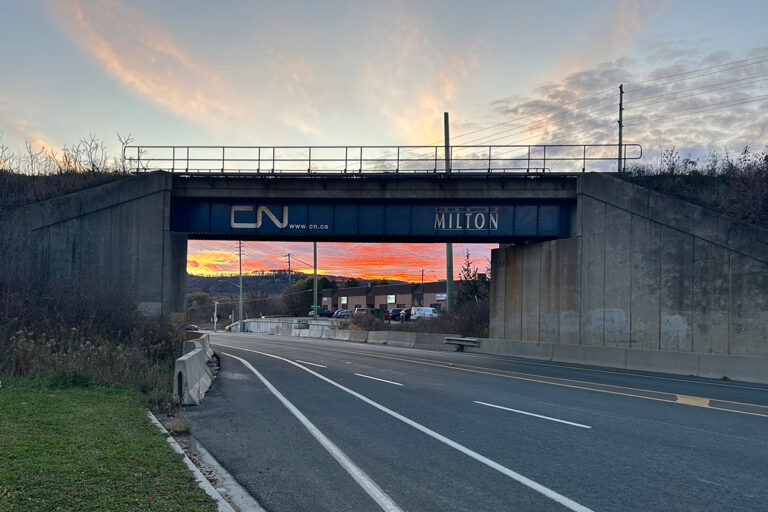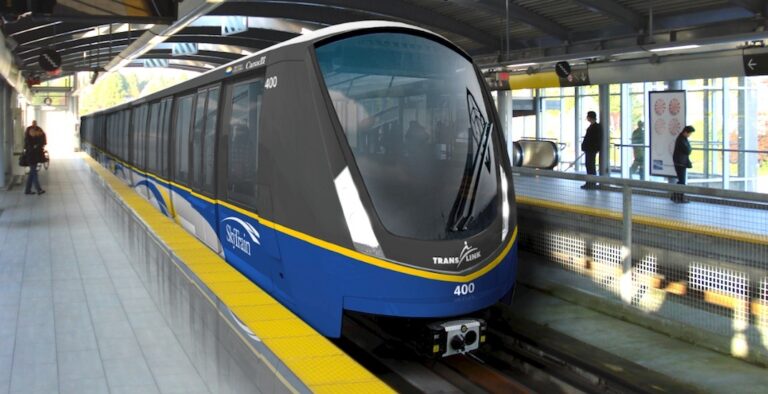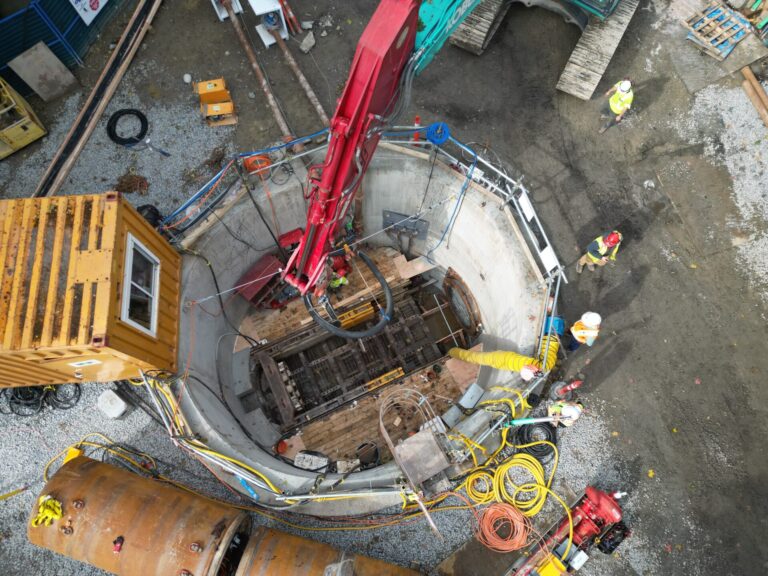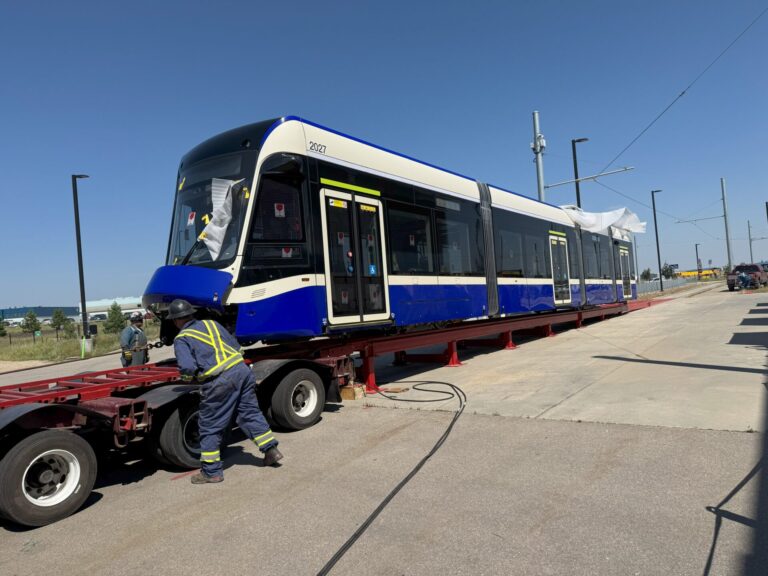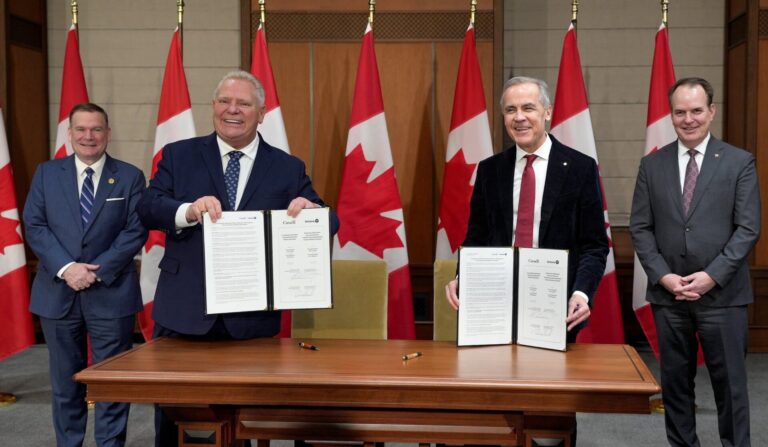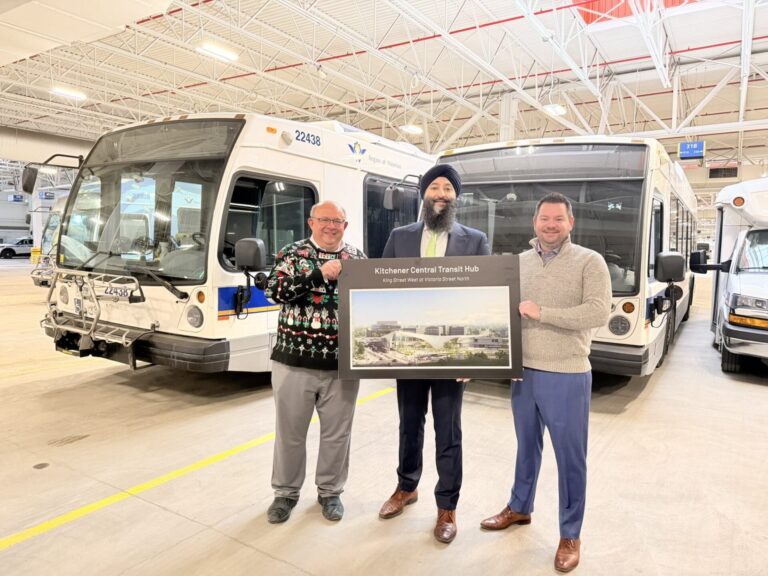The City of Toronto released its 2025 Corporate Asset Management Plan (AMP), that outlines how recent strategic actions to invest in infrastructure renewal are expected to reduce the City’s infrastructure backlog and improve service reliability for residents in the years ahead.
The City’s 2025 Corporate Asset Management Plan has a broader scope than previous plans, reporting on the future state of City assets, the cost to achieve proposed levels of service to meet growing demand and population growth, includes both core and non-core assets, considers their full lifecycle costs and identifies potential funding strategies.
With more than $32 billion in planned investments to maintain and improve infrastructure approved in the City’s Capital Plan, the City has reduced the gap from the $26 billion identified in last year’s Asset Management Plan report to $18 billion, or an $8 billion reduction.
“Our plan is working. We have taken action to fix more things faster, keeping the City’s vital assets working for residents including roads, bridges, water lines, community centres, libraries and more. Toronto will continue to build, maintain and repair the infrastructure needed for our growing, world-class city. We are stronger together, working in partnership with the federal and provincial government to address the City’s infrastructure needs, especially for transit and housing,” said Mayor Olivia Chow.
Key highlights from the report include:
- Approximately 80 per cent of the City’s assets are in fair to very good condition with a replacement value of $215 billion.
- The City’s 10-Year Capital Plan includes nearly $60 billion in infrastructure investments with more than $32 billion dedicated to sate of good repair needs
- The cumulative 10-year state of good repair gap between what is required to achieve proposed levels of service and what is allocated in the City’s 10-Year Capital Plan (2025-2034) is $18 billion, an $8 billion reduction from the $26 billion gap identified in last year’s report to maintain current levels of service.
The City’s $18 billion state-of-good-repair infrastructure gap is primarily driven by transit ($11 billion), Toronto Community – Housing ($4 billion), road network ($2 billion) and City facilities ($1 billion).
Recent actions taken by the City to address these challenges include:
- Invested a historic $59.6 billion in the City’s 10-year Capital Budget and Plan (2025-2034), reflecting a $9.8 billion increase from the previous plan. It prioritizes state of good repair with $32.4 billion (54 per cent) allocated to maintain and improve infrastructure.
- Eliminated the City’s single largest state of good repair liability with the Ontario-Toronto New Deal’s upload of the Don Valley Parkway and the Gardiner Expressway to the Province that frees $1.9 billion which has been allocated to transit and transportation, parks and recreation, Toronto Community Housing and City facilities.
- Developed a capital prioritization framework to enhance the City’s existing prioritization processes and strategic decisions on when and where to prioritize capital infrastructure investments.
- Extended the City Building Fund levy through to 2035 to fund investments in transit and housing.
- Partnered with the Province of Ontario and Government of Canada to fund the purchase of new subway cars for Line 2 with a $758 million contribution from each order of government.
The 2025 Corporate Asset Management Plan will be reviewed by the Executive Committee on Tuesday, May 13 and if approved, will proceed to Toronto City Council for final consideration later this month.
Featured image: (City of Toronto)

